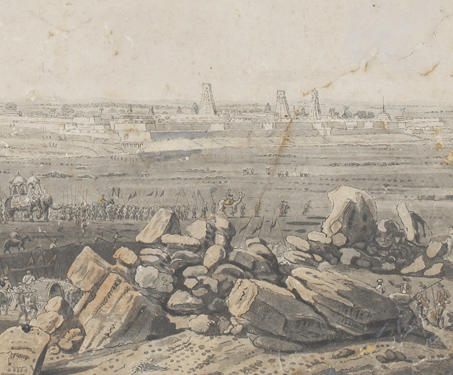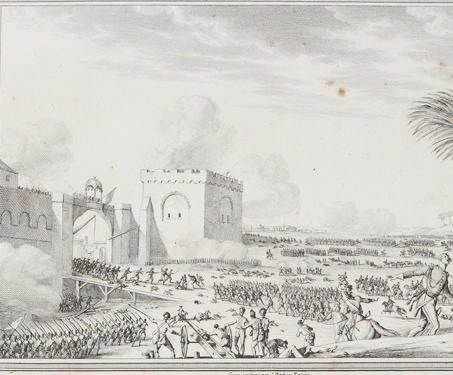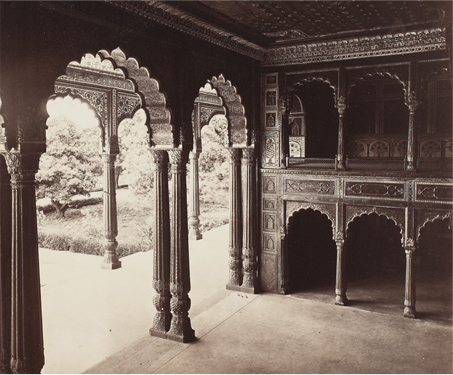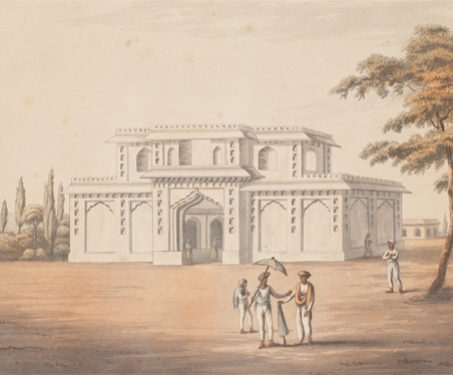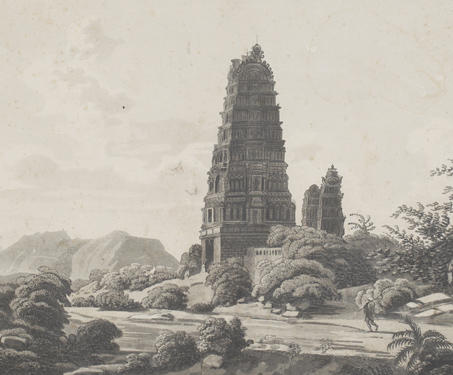

Pagodas at Maugry with a distant view of Sewandroog
Sewandoorg (Savandurga) is a prominent hill in Karnataka. It was fortified in 1543 by an officer of the Vijayanagara kings. It was then acquired by the chief of Bangalore in 1570, with whom it remained until it was taken by Mysore in 1728. During Lord Cornwallis’ exploits in 1791, it was captured by the British.… Read more »

